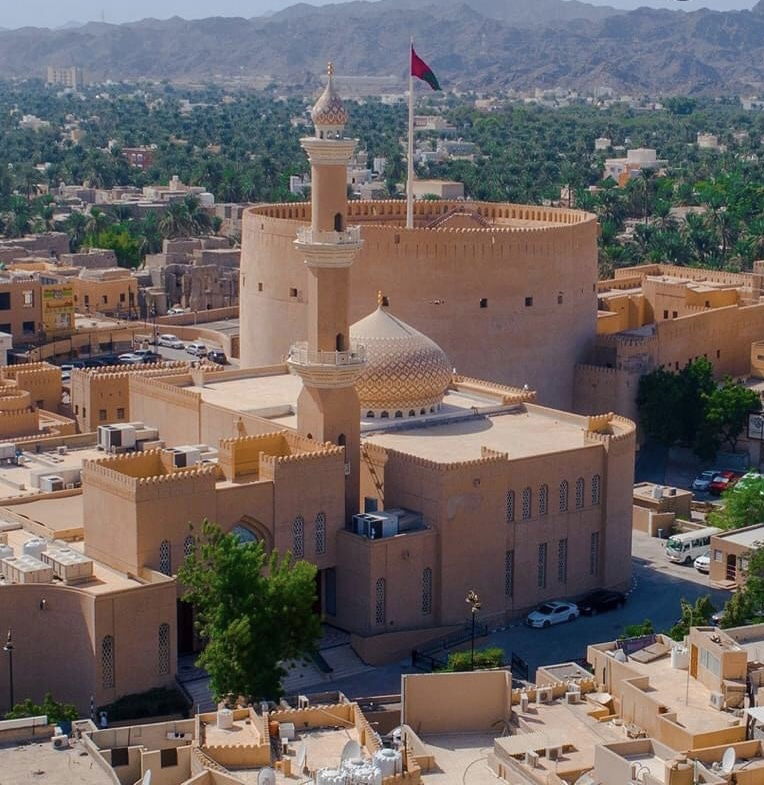
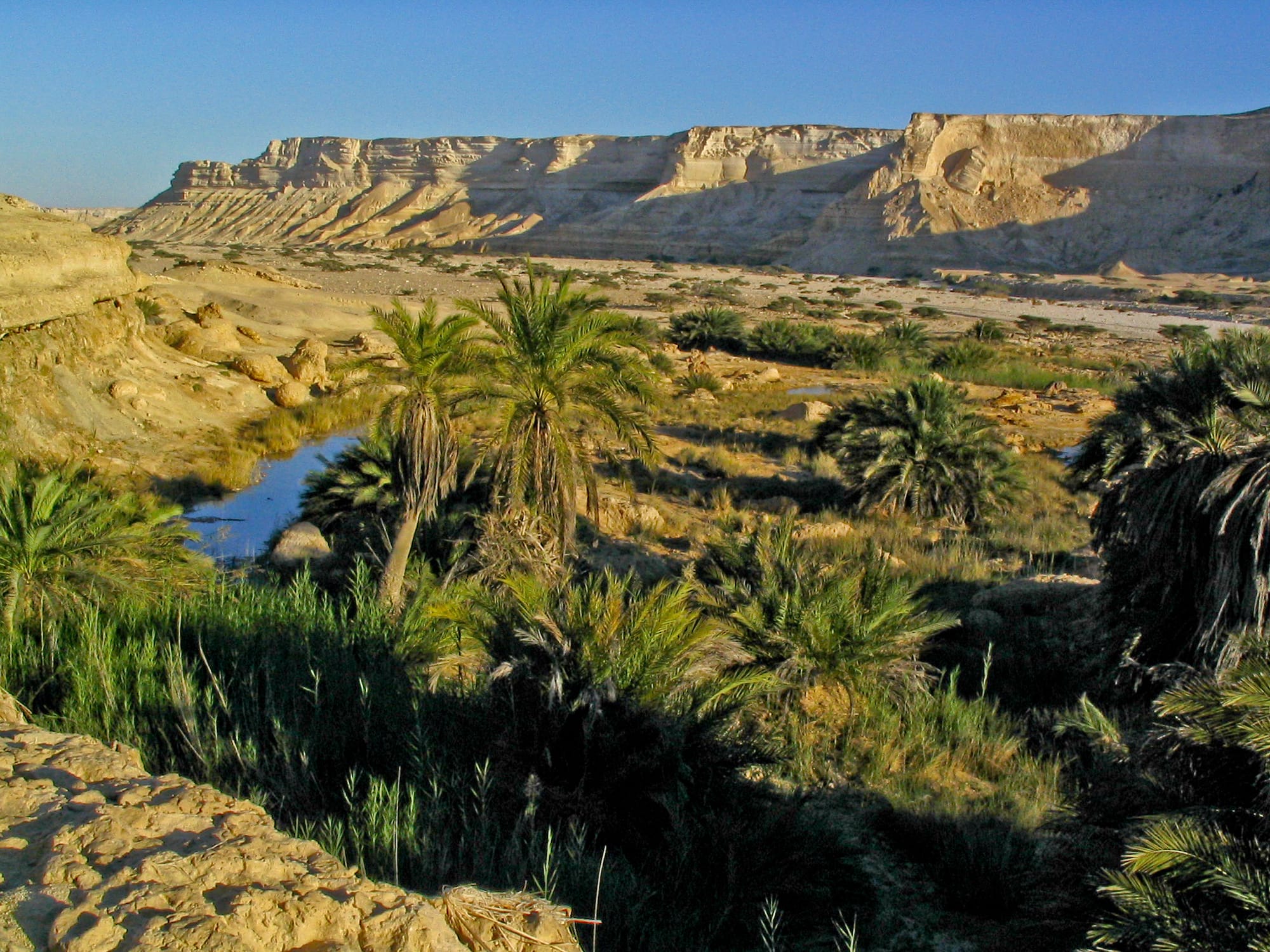
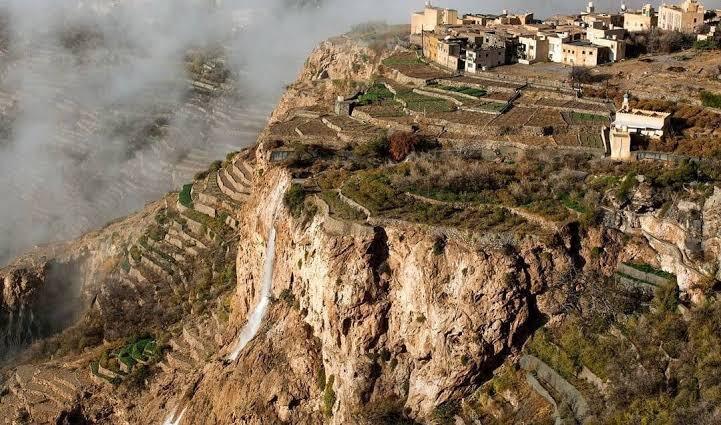
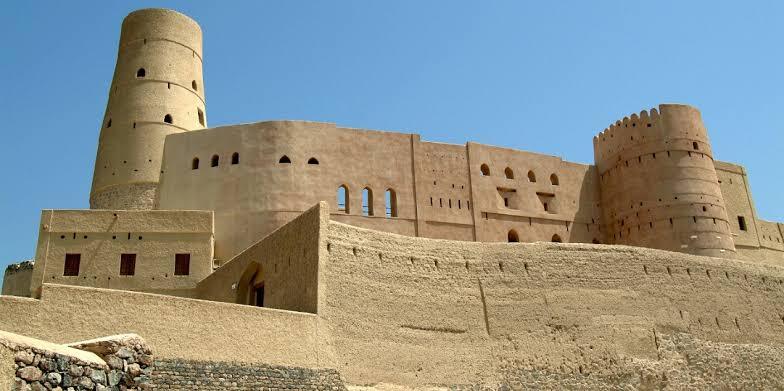
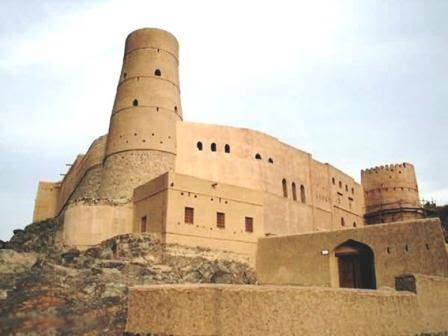
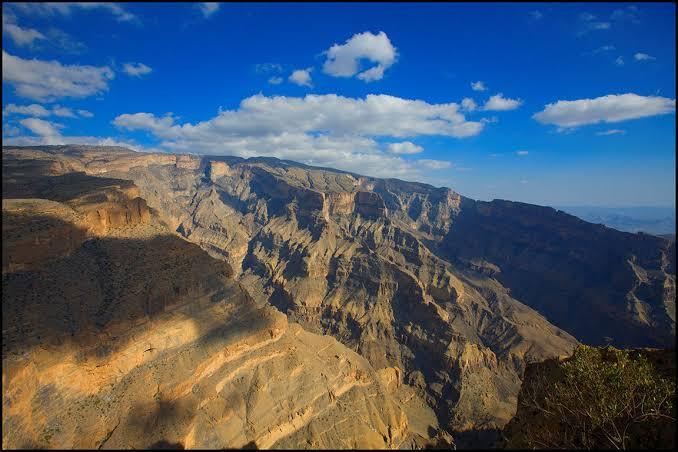
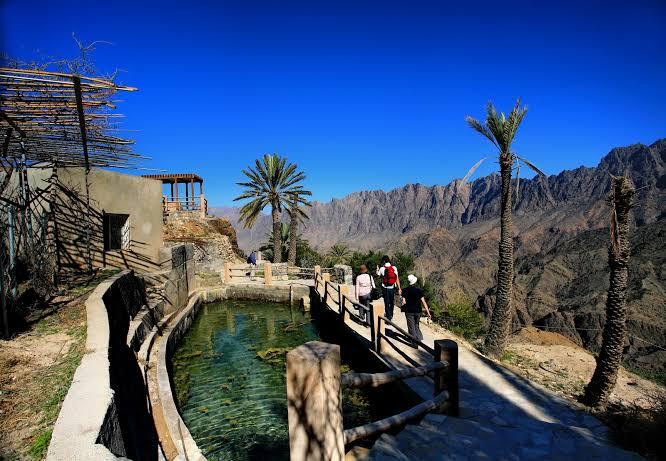
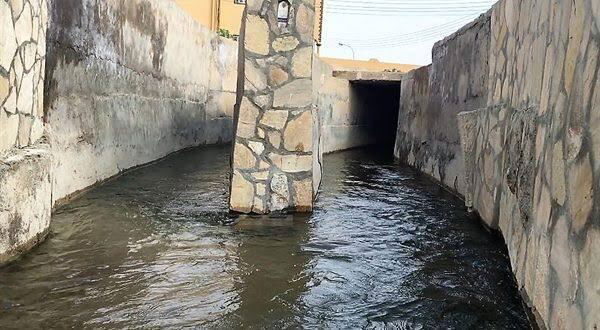
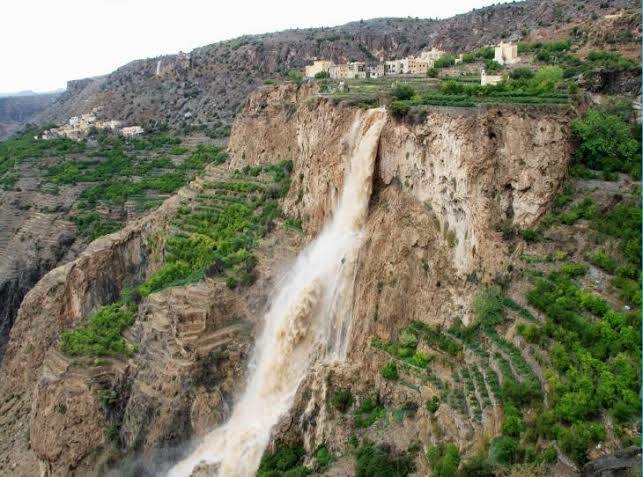
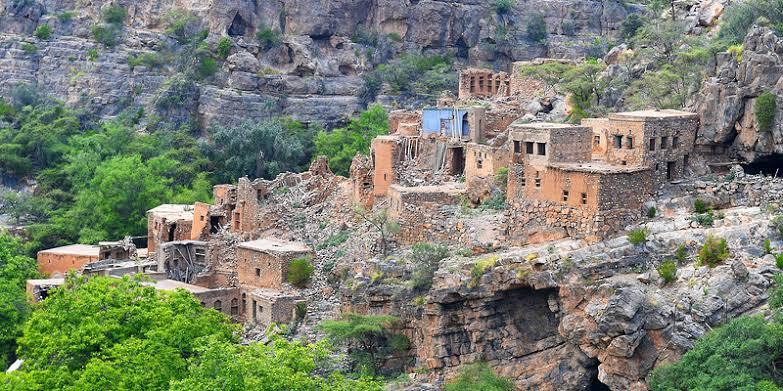
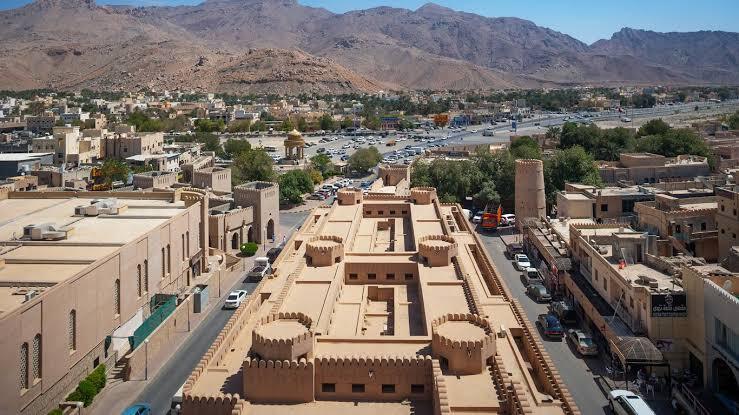
Nizwa Fort - Souq.
Built over 12 years in the 17th century by Sultan Bin Saif Al Yaruba, the first imam of the Yaruba dynasty, Nizwa Fort is famed for its distinctive 40m-tall round tower. By climbing to the top of the tower, it's possible to gauge the scale of the surrounding date plantations and to admire the view of the Hajar Mountains that loom over the town. All Nizwa tours include the fort in their itinerary, helping to make sense of this giant building.
The site of one of the oldest souqs in the country, this extensive marketplace is dedicated mostly to fruit and vegetables, meat and fish, all of which are housed in separate blocks behind the great, crenellated piece of city wall that overlooks the wadi. Part of the souq (nearest the fort) is dedicated to handicrafts and caters specifically to the passing tourist trade.
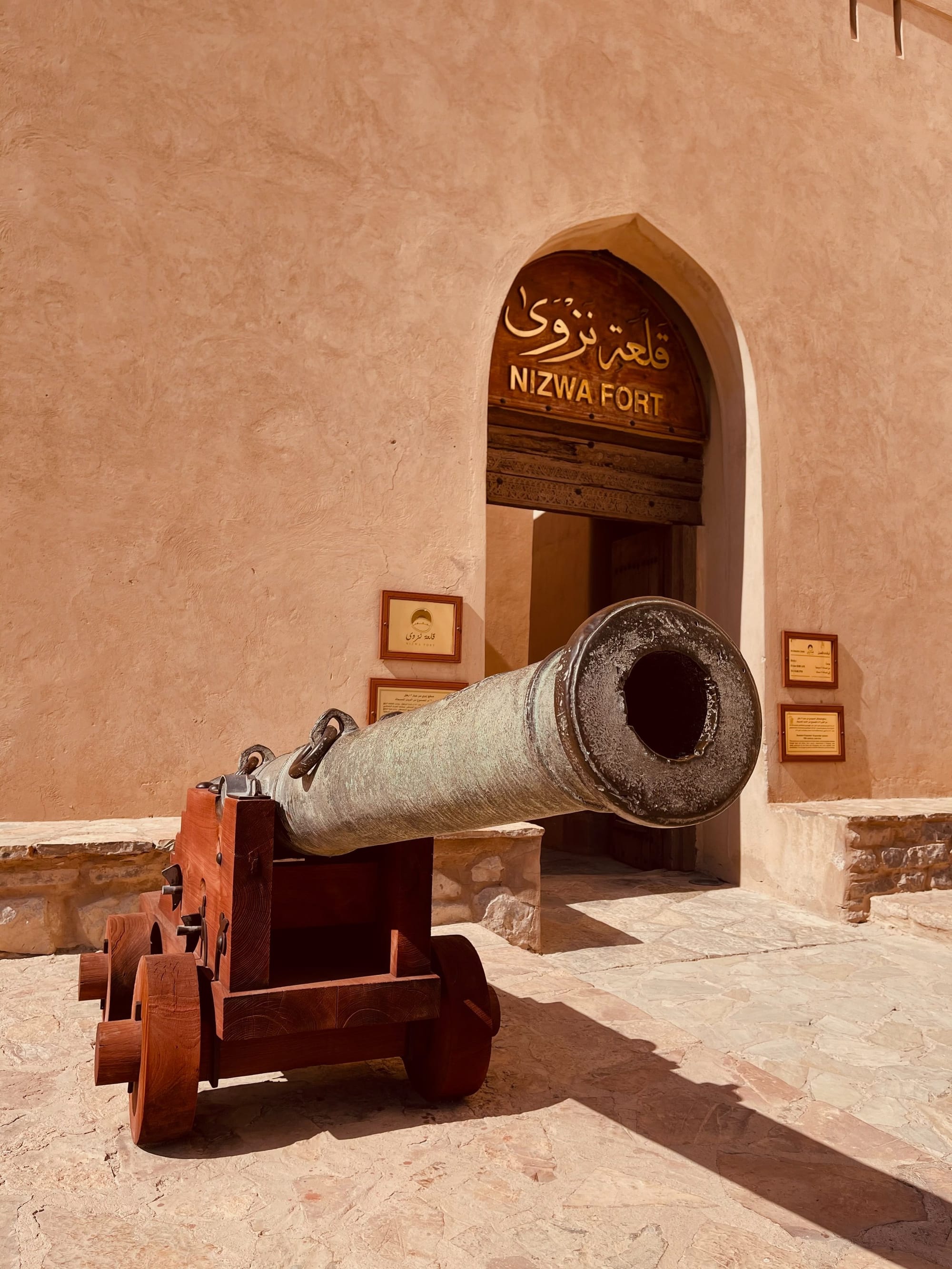
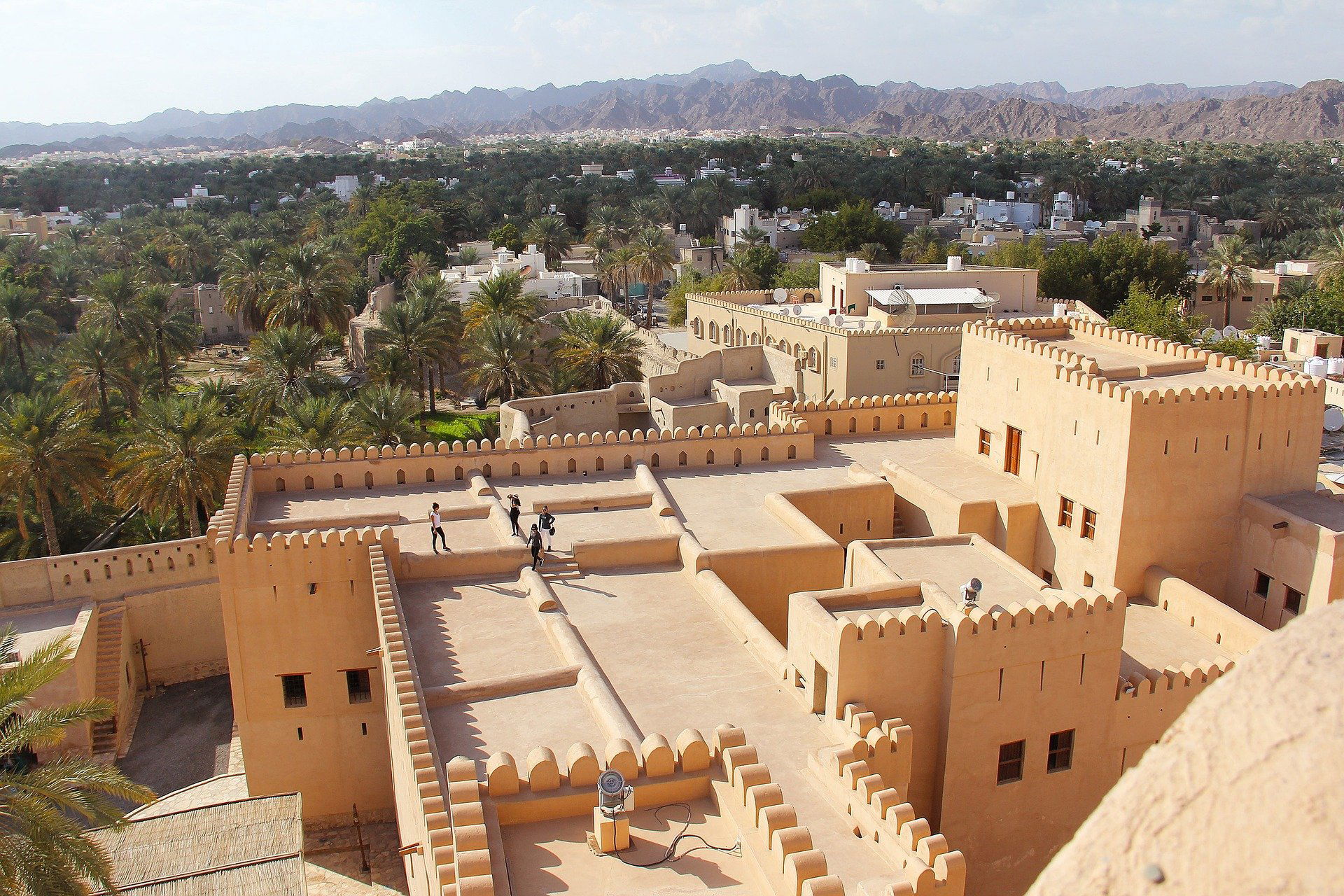
Oman Across Ages Museum.
The Oman Across Ages Museum, to be inaugurated on Monday March 13th 2023 by His Majesty Sultan Haitham bin Tarik, is a celebration of the country’s rich history, culture, and economic growth through time, The Museum is a cultural and educational landmark for all Omanis taking the visitor on a vast, sweeping journey through time, It traces the story of Oman from the first settlers of prehistory to the present, spanning different ages, dynasties and civilisations.Special emphasis is given to Oman's renaissance since the 1970s, during which the Sultanate has experienced remarkable economic, technological, political and social progress. This unique journey is displayed with a series of installations and extensive use of interactive visual and sound presentations and devices.It seeks to highlight the unique character of the Sultanate of Oman, and introduce its prominent features, its ancient history and its renaissance which is continuously making progress at the local and international levels under the wise leadership of His Majesty Sultan Haitham bin Tarik Oman Across Ages Museum is located in the Wilayat of Manah in the heart of the Governorate of Al’Dakhiliyah just one hour and 40 minutes (160 km) by car from Muscat and 20 minutes (20km) from Nizwa.
Bahla Fort.
After many years of restoration, Bahla Fort, one of the largest in Oman, makes a grand sight looming over the sprawling modern settlement of Bahla. Built by the Bani Nebhan tribe who were dominant in the area from the 12th to the 15th centuries, it was granted UNESCO World Heritage status in 1987. There are a few interpretative panels, but the chief attraction of this enormous fort is its scale and the panoramic view from the battlements.
Jabreen Castle.
Jabreen Castle is an impressive sight. Even if you have had a surfeit of fortifications, it's worth making the effort to clamber over one more set of battlements – Jabreen is one of the best-preserved and whimsical castles of them all. Head for the flagpole for a bird's-eye view of the latticed-window courtyard at the heart of the keep; the rooms here have distinctive painted ceilings,Built in 1675 by Imam Bil-Arab Bin Sultan, Jabreen Castle was an important centre of learning for astrology, medicine and Islamic law and, unusually for Oman's forts and castles, there's quite a lot to discover inside the vast battlements. There is an interesting date store, for example, to the right of the main entrance on the left-hand side. The juice of the fruit would have run along the channels into storage vats, ready for cooking or to assist women in labour,The most interesting feature of this castle is the elaborately painted ceilings. Several rooms, that seem to spring illogically from different courtyards in the heart of the keep, sport ceiling timbers with the original floral motifs. Finding these hidden rooms is part of the fun – and the original defensive mechanism – of Jabreen. Try to locate the burial chambers, remarkable for their carved vaults, and the room earmarked for the sultan’s favourite horse.
Jabreen's location, trapped between the mountain and a particularly arid part of the desert, roasts under a ferocious sun for much of the year, hence the falaj (irrigation channel) running through the outer courtyard, which was not used for water supply but as an early air-con system.
Jabal Akhdar.
Jabal Akhdar (Green Mountain) may seem something of a misnomer to the first-time visitor. Firstly, Jabal Akhdar refers not to a mountain as such, but to an area that encompasses the great Saiq Plateau, at 2000m above sea level. Secondly, the jebel (mountain) keeps its fecundity well hidden in a labyrinth of wadis and terraces. There, the cooler mountain air and greater rainfall encourage scented Damask roses (which flower in March and are the source of the region's celebrated rose water), prize pomegranates, apricots and other fruit to grow in abundance. Temperatures during December to March can drop to -5°C, and hailstones are not uncommon.
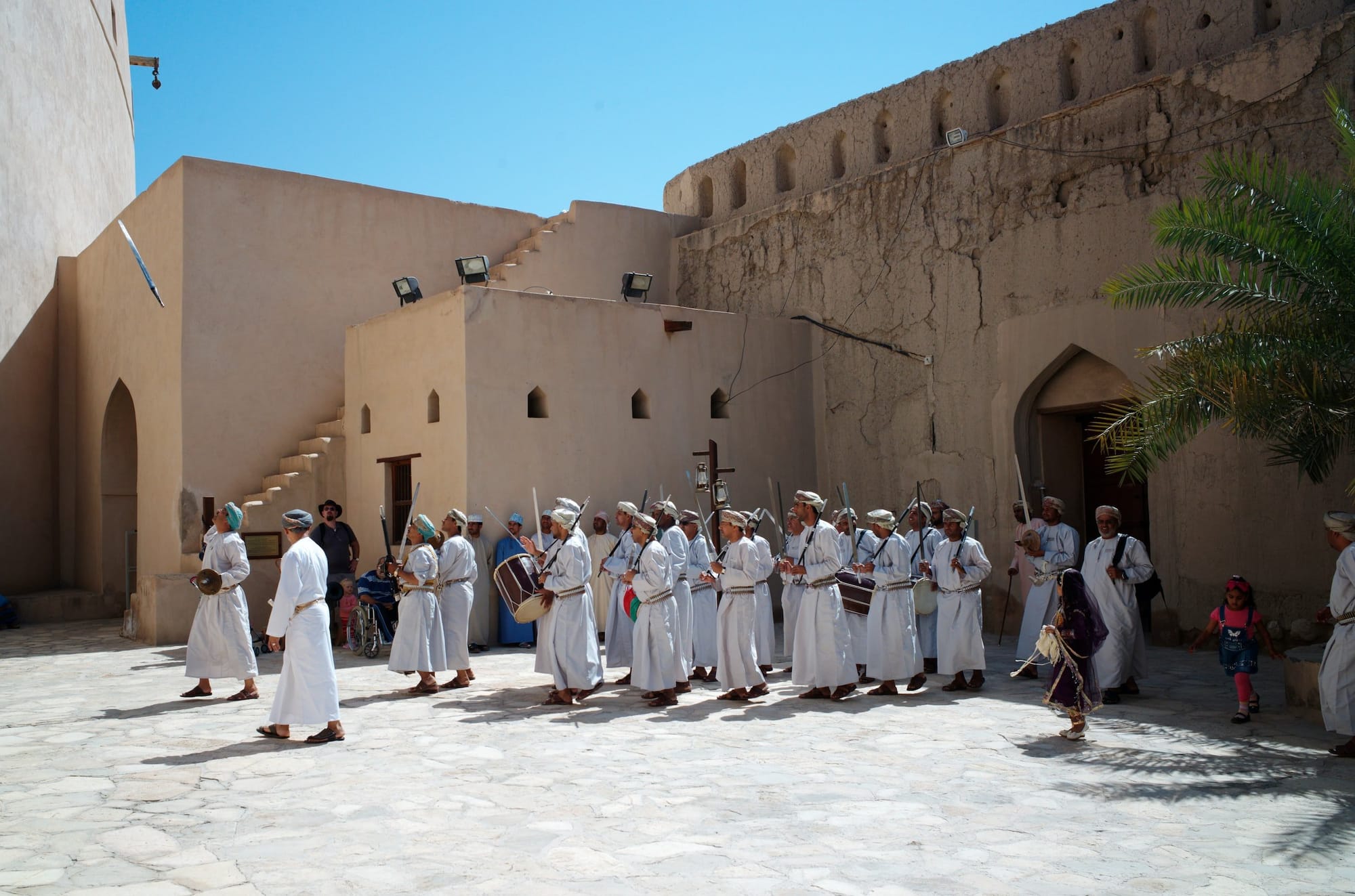 Bait Al Safa Al Hamra.
Bait Al Safa Al Hamra.
This quirky museum is more open house than historical display. Three ladies accompany guests around their traditional house in the aged and crumbling village of Al Hamra. They demonstrate the culinary arts of juniper-oil production, Omani bread-making and coffee-bean grinding, and there's an opportunity for a photo shoot in traditional regional costume. Sitting cross-legged in the majlis (reception room), surrounded by photos of local sheikhs, sampling coffee and dates, and exchanging sign language with the ladies is an experience not to be missed,The museum is in the old part of Al Hamra. Park by the roundabout at the western end of town and walk along the street past the historic old Yemeni-style buildings. The ladies will spot you before you see them in the interior gloom of the downstairs entrance,At the time of writing, bread-making courses were being planned and local women were about to take up their traditional crafts in the cool basement of this newly extended, 400-year-old building.


